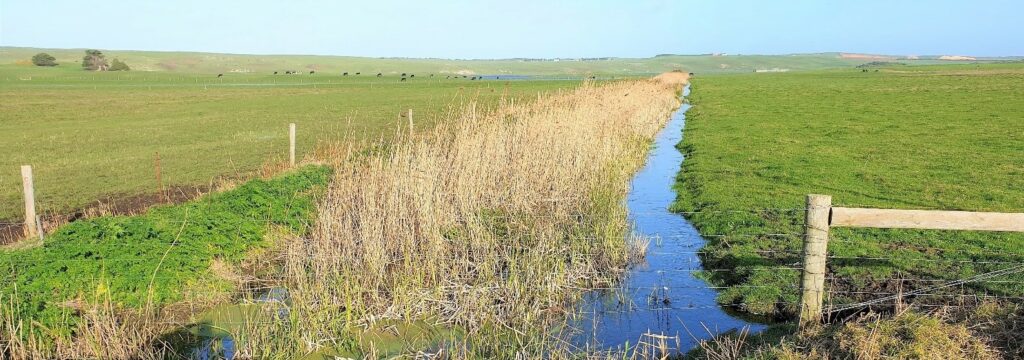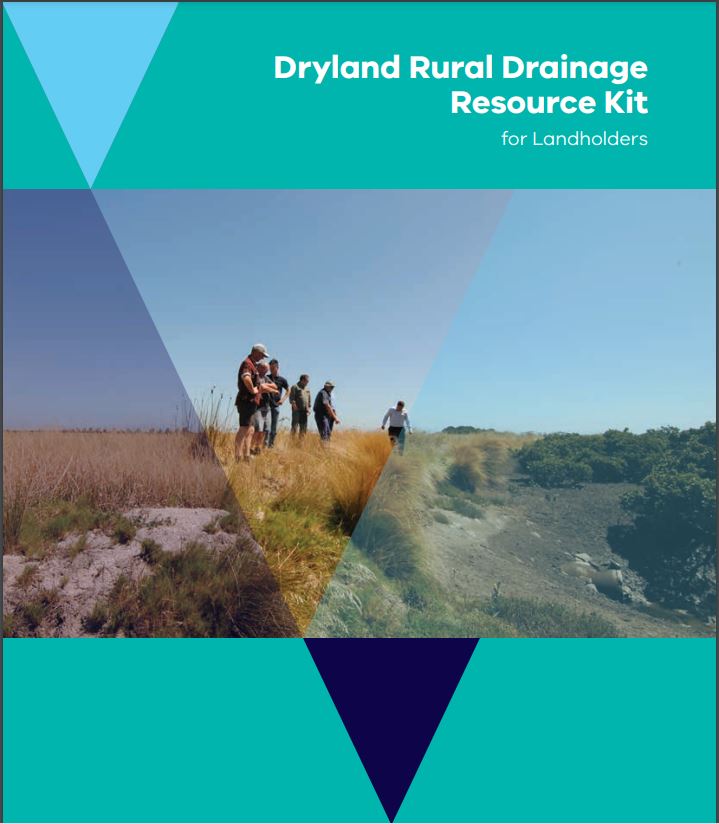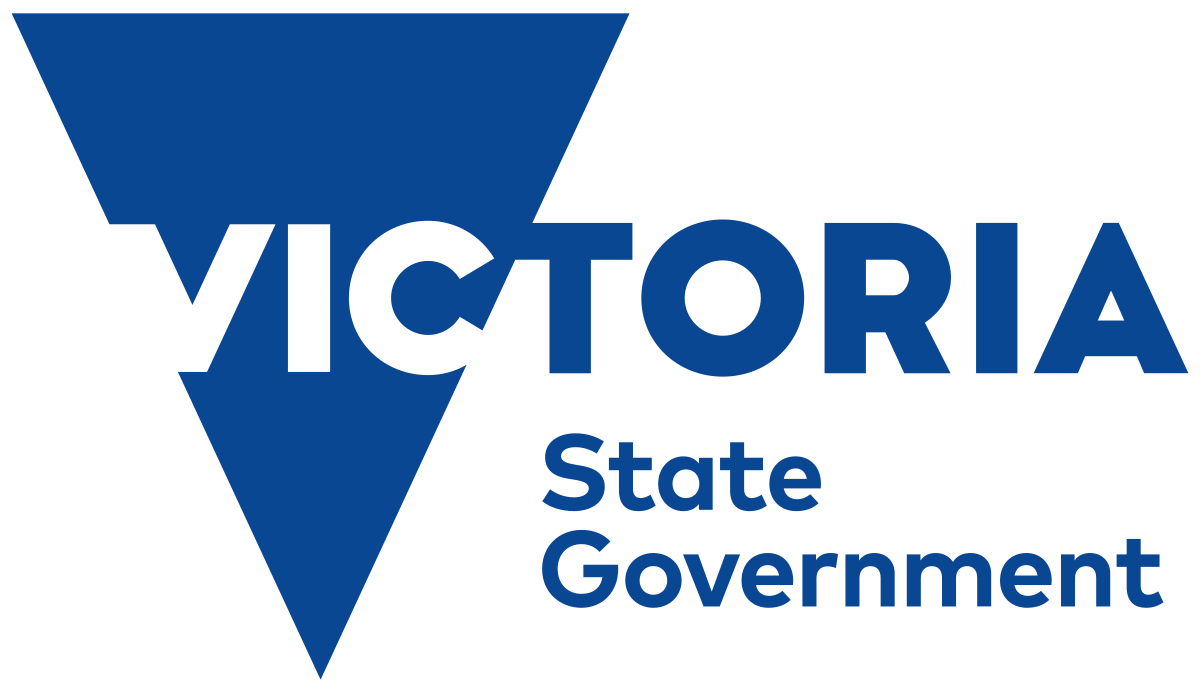Victorian Rural Drainage Strategy

The Victorian Rural Drainage Strategy 2018.
The Victorian Rural Drainage Strategy supports landholders to make choices about how they want to manage rural drainage. The Strategy objectives include:
- Clarify the roles and responsibilities and obligations for landholder and government agencies to manage dryland rural drainage.
- Rebuild the capability for landholders and government agencies to manage rural drainage to support agricultural productivity.
- Simplify previously complex and confusing regulations and approval processes, and in doing so reinforce obligations on landholders to protect and nurture their local environment and to respect the cultural values of Aboriginal Victorians when conducting future drainage works.
- Manage priority waterways impacted by rural drainage to provide cultural and environmental benefits.
The Victorian Rural Drainage Strategy can be downloaded from the DEECA website: click here
Dryland Rural Drainage Resource Kit
Information is available to help landholders understand their options to manage dryland rural drainage – this is all contained in the resource kit document you can view and download HERE
What is dryland rural drainage?
Dryland rural drainage is drainage that benefits agriculture in dryland (not irrigated) regions outside of urban areas.
How I do I find out what I need to do?
The Dryland Rural Drainage Resource Kit for Landholders outlines the framework described in the Victorian Rural Drainage Strategy that supports landholders to make choices about how they manage drainage, and understand their obligations and the approvals processes for works.
The resource kit includes frequently asked questions and information on roles and responsibilities of landholders and agencies, drainage management options and support available, obligations to obtain works approvals, developing drainage management plans and getting the best value for money from works, dispute resolution, and drainage committees and governance.
Landholders have four main pathways to improve their drainage arrangements – management as a single landholder where drainage is confined to one property; or where drainage crosses property boundaries and landholders agree on collective management they can do so through non-written agreements, written agreements, or written agreements with administrative support from government agencies.
Drainage management plans are encouraged to achieve collective agreement, commitment and coordination among landholders to undertake drain maintenance, reflect an appropriate balance between maintaining benefits to agriculture without undue compromise to other values (environmental, cultural, social and economic), and assess risks and gain statutory approval by all relevant authorities.
If in doubt, landholders who are wanting to undertake works on drains on property within the Glenelg Hopkins Catchment area are encouraged to speak to the Glenelg Hopkins CMA waterways team to speak to someone about their plans to see what actions need to be taken. They can be contacted on planning@ghcma.vic.gov.au or by phone (03) 5571 2526.



